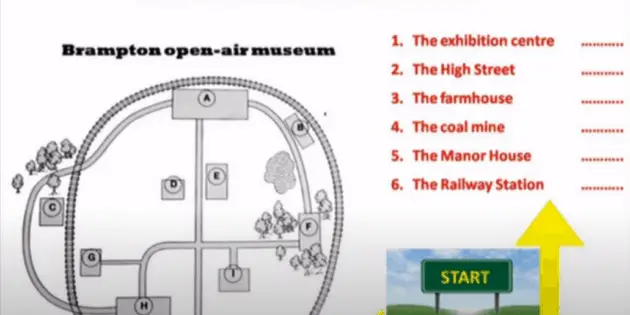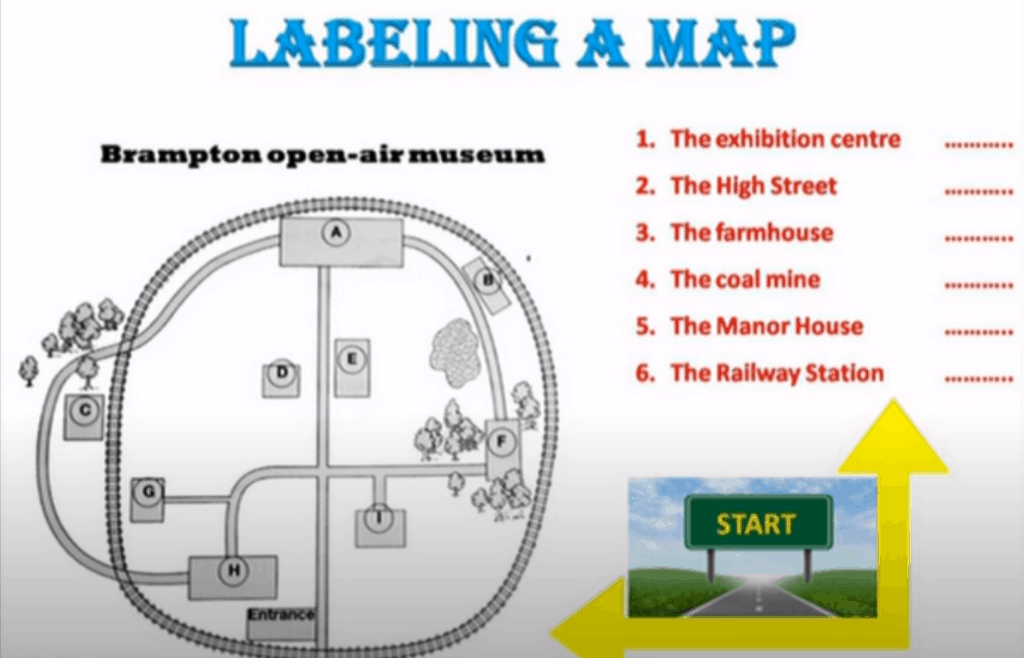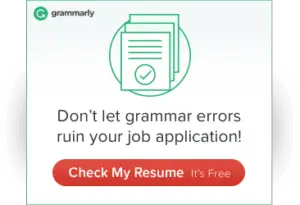Here are some quick tips and guidelines on how to do IELTS listening part 2 of the test, a monologue/conversation.
- Be aware that you will hear different people speaking with different accents, don’t let this disrupt your concentration.
- Answer questions as you listen, you won’t remember the sentences once they have gone, the test moves on fast.
- Consider the words types that are missing from gap fills. Is it a verb, or noun that is missing, that should help you narrow down your options and get the grammatical form right.
- Use ‘elimination’ as a method to get the correct answer for multi-choice questions.
- Listen for synonyms of the words in the questions. This can help you identify where the answer is. They will rarely use the direct same words.
- Watch out for examiner set traps. For example, a speaker says one thing and then adds, ‘but’, this is a sign the given information is wrong and you have been led the wrong way.
- Make sure your answers are grammatically correct. If they are not then they are not the correct answer.
- Use spare time to check answers and preview questions.
- Do practise and know the format and style of questions to expect before the test.
- Do warm up your ears before the test by listening by, for example, listening to news on the radio, or television.
“No one is as deaf as the man who will not listen.”
Ancient proverb
Here is a bit more detail on those above points. You may also wish to read our guides on all the different types of listening question types and strategeis here as well.
Students are required to listen to a general monologue (one person talking) in an everyday social situation, although other voices will often be heard asking questions and commenting.
It could be someone giving a guided tour around a museum, or someone simply talking about a particular interest of theirs. Often a diagram or map has to be labeled by test takers.
Studying the map/diagram/picture carefully, including any labels already provided, can help predict the questions and help you prepare to listen.
Think about where anything not labeled actually is, in relation to where known/labeled items are. This is often how the none labeled items will be identified or described.
Recordings may make use of synonyms/paraphrases to test candidates.
For example, if the map is of a school and the canteen is labeled and the room you need to label is next door, then the recording may say:
‘The room next to the place you can get food is called the staff-room’.
In this case a paraphrase of ‘a place where you can get food’ is used to test your understanding of the word ‘canteen’.
Preparing To Answer: IELTS Map Labeling
Above, you can see an example of a map you may need to label. In a moment we will listen to a recording to test yourself from the video below.
First, however, lets take a moment to study the map and orientate ourselves so we are ready for listening. It is really important that you do this.
We need to think about what we know is fact from the map because we can use these facts to help locate other places/objects that we are told about.
So, we can see that the entrance is at the bottom of the picture and is a place likely to be mentioned.
We can also see that there is a compass showing which way north is. This means we can also know which buildings are in which direction to each other.
We can see that the entrance is south of everything else, the road runs north and there are rows of buildings on both the east and west sides, with one larger building furthest north.
It is also useful to think of synonyms and paraphrases for the different places that are involved.
For example, a ‘lodge’ might also be called a guesthouse, hotel, place to stay, accommodation or even bed and breakfast. A ‘woodland’ may also be called a wooded area or a forest.
Any of these words may be used in the recording so it helps to be prepared for them.
Functional words for location and position are likely to be critical for this exercise too, so make sure you are very familiar with the words in this table below:
Opposite / in front of / behind
South / North / East / West
Southeast / Southwest / Northeast / Northwest
Inside / outside
Just beyond / a little beyond / just past
In the middle / in the centre
Above / below
in between / in the middle of
Next to / alongside / adjoining (= next to or joined with)
To the north / to the south / to the east / to the west
At the top / at the bottom
On the left of the…/ on the right of the…
Top Tip: How To Not Get Lost!
Be aware that the questions are all in order, so if you hear the answer to number 12 then you have missed the answer to question 11.
Knowing this stops you from getting left behind or lost whilst listening for an answer that has already been given.
If you do miss an answer don’t worry, simply move on to the next question. It may be possible to guess the answer at the end once you have labelled everything else.
You will only know if you have missed the answer to a question if you are also thinking about the next question ahead, so make sure you are doing this!
IELTS Listening Part 2 Example Questions
Now, we have examined the picture and are aware of some helpful tips we are ready to listen.
Play the video now and try and write down the correct answers. The answers are underneath the video so no cheating!
Scroll down the page for the answers…
Answers:
- G
- B
- J
- A
How did you do? Get the correct answers?
Don’t worry, the more and more you practice this type of map labeling the better you will get.
Some people find that if they put their finger on the map and move it to the different places described it helps them to stay focused.
Remember in IELTS Listening Task 2 you may have to label either a plan, a map, or a diagram. All of these are likely to require words for location and directions so make sure you revise the words form the yellow box.
Where To Next?
Now, you have read ‘How To Do IELTS Listening Part 2 – Map Labeling’. You may wish to read this blog post about how to improve your listening skills or you might want to take a mock IELTS listening paper here, where you can gain feedback on which question types yu are not very good at and so focus on improving those question types with our listening strategy guide here.




